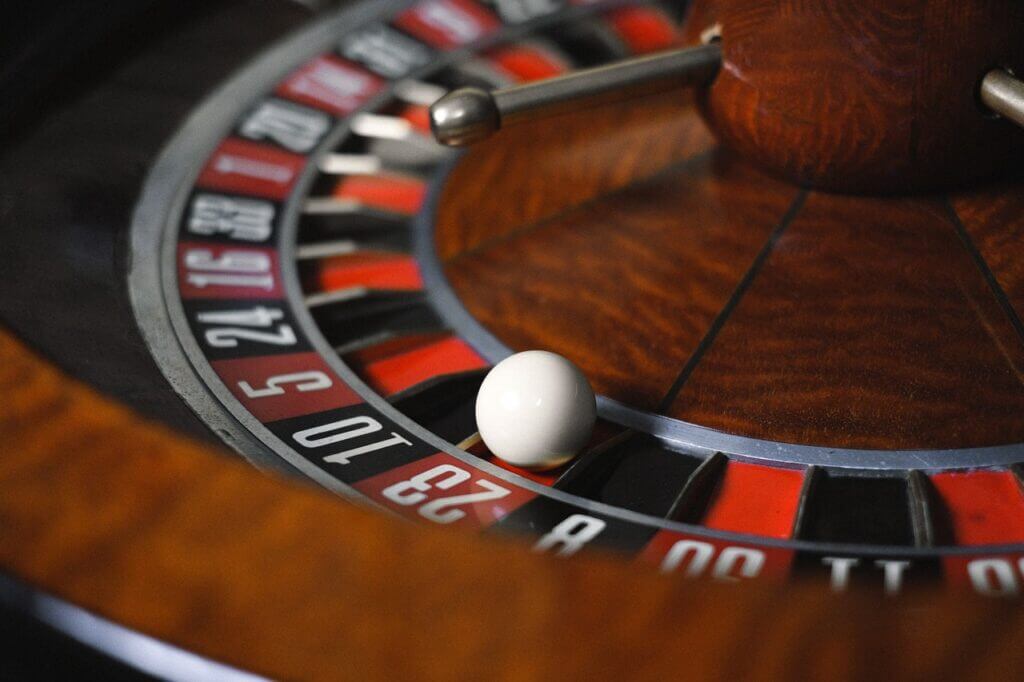Roulette has been around for centuries but still continues to offer something new. For years, many have been trying to find the best roulette strategy that can be used to beat the house, and they reached an interesting conclusion.
Years of testing various strategies have shown that it’s possible to match the advantage in the short term and, up to a point, in the mid-term. But they have also revealed that in the end, the house edge always gets in the way.
It doesn’t mean you should use a proven roulette strategy to increase the odds in your favor and improve your chances of winning.
USING THE RIGHT STRATEGY
Many roulette strategies have been tested over the years, with several of them proving consistency and reliability. Each of these strategies is unique in a way and can be used separately or together to get an edge over the game. They have one thing in common, though: they all offer a very good chance of generating profit.
Keep in mind they are not fool-proof. Players have to know when to call it a day and walk away. Unfortunately, it’s not possible to single out one of them, nor will any be 100% effective. The house edge can always affect your strategy, preventing you from winning easily or consistently.
Although they don’t guarantee long-term success, they can certainly help you with the card you’ve been given in the short term. That’s why it’s important not to overuse them, as they’ll fail to provide the desired results.
PROGRESSIVE BETTING SYSTEMS
The so-called progressive system is the first type of roulette strategy. They are the perfect choice for new players or those not used to using strategies, as they are easy to understand.
MARTINGALE ROULETTE STRATEGY
There are several popular progressive betting systems, with Martingale standing out among them. The reason is simple: it’s much easier to understand.
The concept behind Martingale is to bet a certain amount of money and then double it after every loss. For example, if you’re playing at a table with a minimum stake of $1 and a $1,000 limit, losing ten times in a row would look like this: 1-2-4-8-16-32-64-128-256-512.
Such a losing streak is not likely to happen, although there’s a theoretical chance it could. By using Martingale, you can generate a gradual profit of $1 with every successful stake. That’s why using this strategy requires patience.

FIBONACCI ROULETTE STRATEGY
Fibonacci is another popular betting strategy, which uses a mathematical sequence found in nature. It’s a bit more complicated than Martingale, but it also relies on a series of numbers.
Here’s how it looks: 1-1-2-3-5-8-13-21-34-55-89-144.
It does appear it’s riskier than Martingale, but in reality, it isn’t. Fibonacci is an excellent choice if you want to play it safe, although it’s essential to stick to it from the start.
INVERSE MARTINGALE OR PAROLI ROULETTE STRATEGY
The Inverse Martingale, or Paroli, is a variant of the popular roulette strategy. The goal is to double your stake after every win. Statistically speaking, it makes this system slightly safer compared to the original strategy.
Since it requires the highest possible odds of winning, the Inverted Martingale is best used with outside bets. With these types of bets, chances to win are around 50%. However, players need to keep in mind that some roulette variants have a steeper edge.
D’ALEMBERT ROULETTE STRATEGY
This is another progressive roulette strategy, although the one where you won’t be chasing aggressive stakes.
Instead, players wager flat amounts. First, pick an amount to bet, which should be around 0.50% of your bankroll, unless that doesn’t fit the minimum wagering limit. Depending on whether you win or lose, you increase or decrease the size of your bet by a single unit.
The main goal of this strategy is very simple: progress slowly, no matter whether it’s up or down.
D’Alembert is also a suitable tactic for low-limit tables since you’re not very likely to reach the table limit.
LABOUCHERE ROULETTE STRATEGY
This is another fun strategy you can use when playing roulette. Essentially, it tells you to take any amount of money you want to bet and split it into several smaller bets.
Let’s say you want to bet $10. You break it down into several individual bets: 1-2-1-1-2-1-2.
For starters, you add the leftmost and rightmost numbers and bet it. In this case, that’s $3. If you lose, add that amount on the right side of the series, and you get something like this: 1-2-1-1-2-1-2-3.
If you win, all you have to do is cross the two numbers you used to bet: 2-1-1-2-1.
Players are free to create their own sequence of bets, which gives plenty of flexibility and control over their game.
NON-PROGRESSIVE ROULETTE STRATEGIES
As their name suggests, non-progressive betting systems don’t require players to up the ante after every bet they have placed. They are somewhat anti-climactic but keep players safe and allow them to win more.
JAMES BOND ROULETTE STRAGEGY
Designed by Ian Fleming, the creator of the James Bond series, this simple strategy doesn’t require players to increase the size of their bets.
Fleming himself described this system as the best roulette bet combination. When using this system, players place the same bet after every spin.
Here’s how it works: place a $14 bet on numbers 19-36, $5 on 13-14-15-16-17-18, and $1 on 0.
Since the strategy doesn’t involve regular Even/Odd bets, it requires plenty of risks. Compared to the other systems we mentioned here, it’s far riskier, mainly as it relies heavily on luck.
However, the house edge will eventually catch up with you. But even if you lose, your losses probably won’t be too high.
*Photos by Anna Shvets and Danilyuk

